Safety at sea depends on good communications between ships and from ship to shore. But radio waves traversing water behave differently to those moving above dry land. This means a new set of variables must be modelled to achieve reliable maritime communication networks. Considerable research has been undertaken into propagation modelling in a maritime environment.
HTZ is used for maritime transport critical communications, as well as cross-border surveillance and emergency response communications. Key features include:
- Modelling multi-technology comms systems – allowing multiple technologies to be simulated in the same project;
- Maritime radar coverage simulations - S-band and X-band radars are often used by governments and military agencies for ship traffic surveillance and coastal surveillance. Accurate coverage is critical to guarantee that security and safety missions endorsed by these agencies are effective;
- Radio network optimisation –by decreasing the number of sites for the network operating costs can be reduced, while maintaining network reliability. Network operators need to automatically select the most effective sites and fine-tune radio parameters to ensure networks meet the safety grades required;
- Automatic frequency planning
- The future VDES system (VHF Data Exchange System for maritime applications) will use aggregated channels from the existing VHF radio-telephony. This means that existing frequency plans for coastal stations will need to be modified and coexistence with land radio systems ensured;
- Software features reduce the need to re-farm spectrum and accelerate system deployment through modelling coexistence issues and improving the rollout of the VDES system.
- Global maritime distress and safety system comms simulation (GMDSS)
- HTZ can replicate simultaneous satellite and land-based systems which are used for distress alerts and model the coverage of A1 to A4 sea areas from MF, VHF and satellite;
- Advanced functions to determine the best site locations and radio parameters to ensure A1 and A2 sea areas are served efficiently.
HTZ advanced features include:
- Coverage planning (2D/3D)
- Radar coverage calculations (including bi-static and multi-static radars)
- Interference calculations
- Automated site planning
- Automated site optimisation
- Automated frequency planning
Check out our product brochure today.
Check out our WP on MW groundwave modelling with HTZ

